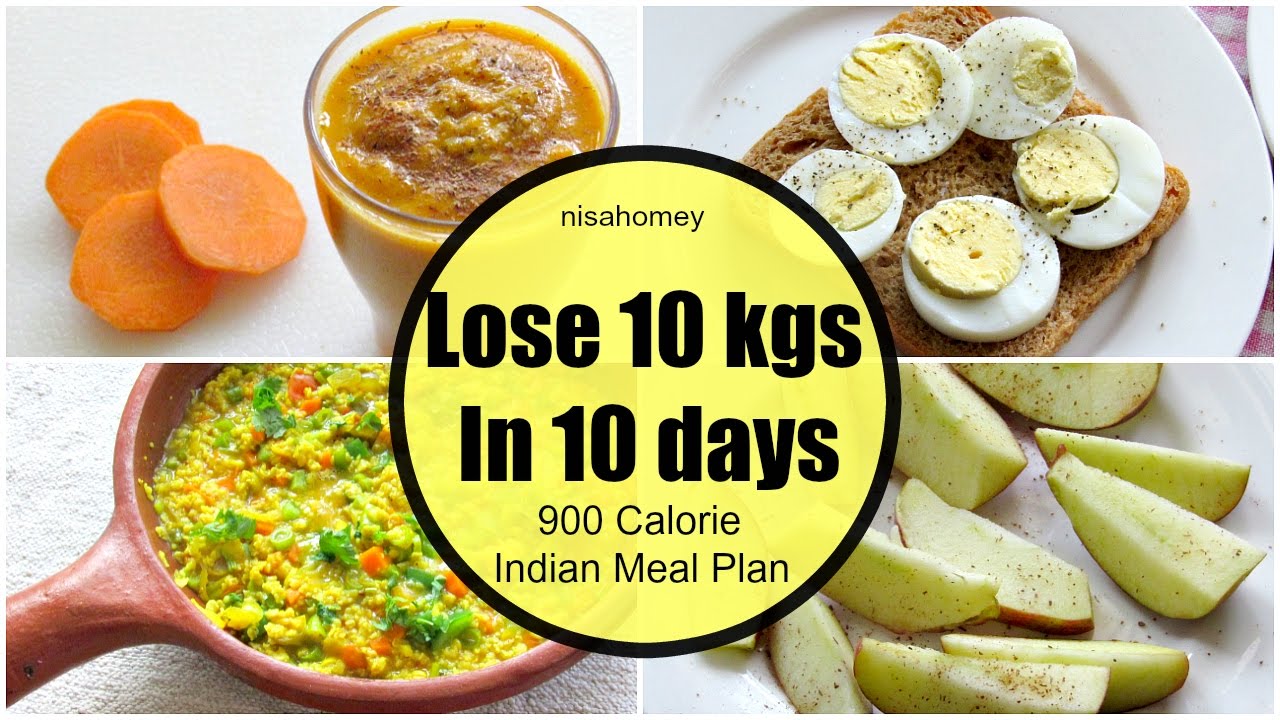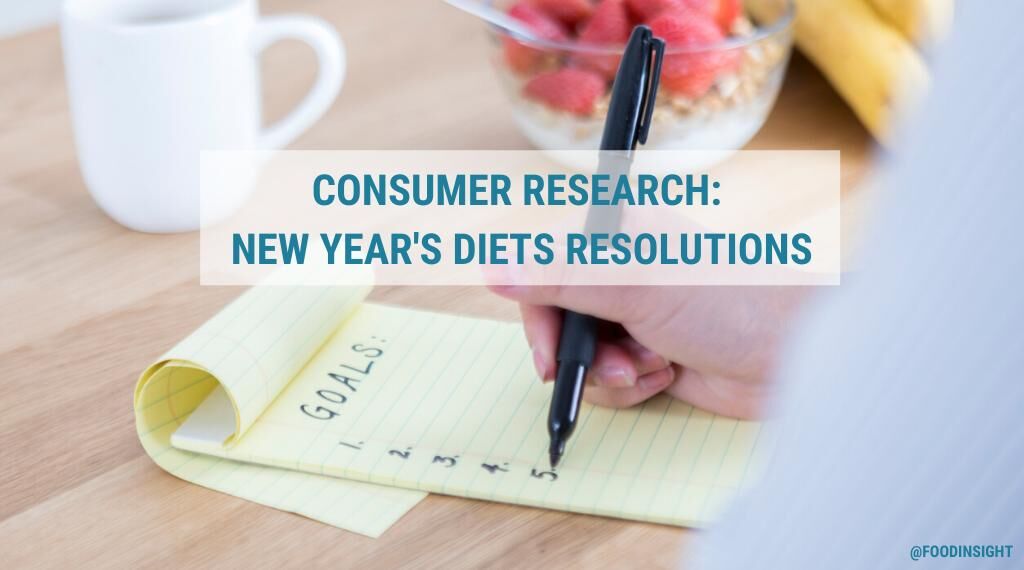
Foods rich in nutrition are essential for older people. These meals should not contain processed junk food, and be made from fresh, minimally processed ingredients. They should also be more active, particularly if they are not. Now exercise is part of our national food guidance system. Here are some ideas to increase the amount of physical activity you do each day. All the above will help older adults eat healthy, balanced meals.
Healthy eating habits include eating low-calorie and high-nutrient foods. These foods are lower-calorie and contain fewer calories that their high-calorie counterparts. They also contain vitamins, minerals, lean protein, and healthy fats. These food groups are great for the heart and rich in fiber. You may not be allowed to eat all these foods if your vegetarian diet is in place.

Dietitian-approved thumbs are a great way to identify foods rich in nutrients. These simple labels will let you determine if a product's nutrient-dense. The tags often have an acronym that identifies where the food was obtained. A label such as Dietitian Approved thumbs allows shoppers to easily identify healthy choices. They also give information on nutrients found in the product.
Superfoods include food that is able to meet specific nutritional requirements. Superfoods don't need to be regulated. However, they are high in antioxidants as well as powerful healing properties. Curcuma, for instance, may have anti-inflammatory effects that can help with illnesses. In addition, superfoods are rich in omega-3 fatty acids, which have been shown to improve lipid metabolism and lower cholesterol. This article also addresses micronutrients (and their corresponding micronutrient concentrations).
These supplemental foods don't have much nutritional value, but they can provide nutrients and energy. These foods can be used to supplement the diverse array of complementary diets available in South and Southeast Asia. These foods are high in fiber and low-fat. They are also highly nutritious, which is important for optimal health. A diet rich in fiber is essential for promoting good digestion. In addition to these, it is best to eat a wide variety of vegetables and fruits.

Vegetables have a high level of vitamins and minerals. They can also be used as an alternative to animal proteins. They are high in nutrition and have low calories. Additionally, they provide a wide range essential vitamins as well as minerals. They also support the immune system and basic cell metabolism. Vegetables contain a lot of fiber and are better than meat. Some even have substantial amounts of protein. But if you can't eat meat or dairy, then opt for vegetables.
These ASFs provide a wealth of nutrients. They are an excellent way to increase your intake of these foods. They are also easy to add to your diet. They are also rich in antioxidants which help fight diseases. The food pyramid is a great way to increase your intake. An excellent place to begin is a plan for feeding your body.
FAQ
How often should you exercise?
It is important to exercise for a healthy lifestyle. There is no set time limit for exercising. Find something you like and stay with it.
If you work out three times a week, then aim to complete 20-30 minutes of moderate intensity physical activity. Moderate intensity means you'll still be breathing hard after you've finished. This type of exercise burns approximately 300 calories.
Walking is a great option if you are a keen walker. You can do 10-minute walks four days per week. Walking is low-impact and easy on the joints.
Jogging is an alternative to running. You can do it for as little as 15 minutes each day. Running is a great exercise to build muscle tone and burn excess calories.
If you're not used to exercising, start slowly. Start by doing 5 minutes of cardio each day, a few times per week. Gradually increase the duration until you reach your goal.
Do I need to count calories
You may be wondering "what is the best diet for you?" or "is counting calories necessary?" It depends on many factors such as your current health, personal goals, preferences, and overall lifestyle.
The Best Diet For Me: Which One Is Right?
My current health status, personal goals, preferences, and overall lifestyle all play a role in choosing the right diet. There are many diets available, some good and others not so good. Some diets work well for some people and others do not. What can I do to make the right choice? How do I make a good decision?
This article aims at answering these questions. It begins with an overview of the different diets today. The pros and cons of each diet are then discussed. Finally, we'll discuss which one is best.
Let's start by taking a look at the various types of diets.
Diet Types
There are three types of diets available: ketogenic, high-protein, and low fat. Let's take a look at them all below.
Low Fat Diets
A low-fat diet reduces the amount of fats you eat. This is achieved by reducing saturated fats like butter, cream cheese, and other dairy products. These fats can be replaced with unsaturated fats like avocados and olive oil. For those looking to lose weight quickly, a low-fat diet is often recommended. However, this kind of diet may cause problems such as constipation, heartburn, and indigestion. It can also lead to vitamin deficiencies, if someone doesn't get enough vitamins in their food.
High Protein Diets
High protein diets reduce carbohydrates to favor of proteins. These diets often have higher levels of protein than most other diets. These diets can help increase muscle mass and decrease calories. They may not be able to provide sufficient nutrition for people who need it. They are not suitable for all people because they can be restrictive.
Ketogenic Diets
The keto diet is also known as the keto diet. They are high in fat and moderate in protein and carbs. They are commonly used by athletes and bodybuilders, as they allow them train harder and more frequently without getting tired. But, they require strict adherence to avoid negative side effects like nausea, headaches, and fatigue.
Exercise: Good or Bad for Immunity?
Exercise is good to your immune system. Your body makes white blood cells that fight infections when you exercise. Your body also gets rid of toxins. Exercise is a great way to prevent heart disease, cancer, and other diseases. Exercise can help reduce stress.
Exercising too often can cause your immune system to be weaker. You can cause muscle soreness by working out too hard. This can cause inflammation and swelling. To fight infection, your body will produce more antibodies. Problem is, extra antibodies can trigger allergies and other autoimmune conditions.
So, don't overdo it!
How do I find out what's best for me?
Listen to your body. Your body is the best judge of how much exercise, food and rest you should get. Your body will tell you what to do so that you don't go overboard. Pay attention to your body, and ensure that you are doing all you can to keep yourself healthy.
Statistics
- According to the Physical Activity Guidelines for Americans, we should strive for at least 150 minutes of moderate intensity activity each week (54Trusted Source Smoking, harmful use of drugs, and alcohol abuse can all seriously negatively affect your health. (healthline.com)
- nutrients.[17]X Research sourceWhole grains to try include: 100% whole wheat pasta and bread, brown rice, whole grain oats, farro, millet, quinoa, and barley. (wikihow.com)
- According to the 2020 Dietary Guidelines for Americans, a balanced diet high in fruits and vegetables, lean protein, low-fat dairy and whole grains is needed for optimal energy. (mayoclinichealthsystem.org)
- WHO recommends reducing saturated fats to less than 10% of total energy intake; reducing trans-fats to less than 1% of total energy intake; and replacing both saturated fats and trans-fats to unsaturated fats. (who.int)
External Links
How To
27 Steps for a healthy lifestyle even if your family buys junk food
The most common way to eat healthy is to cook at home. However, this is often difficult because people do not know how to prepare healthy meals. This article will give you some tips on how to make healthier choices when eating out.
-
Find restaurants that offer healthy options.
-
Before you order any meat dishes, make sure to order salads or vegetables.
-
Ask for sauces made without sugar.
-
Avoid fried foods.
-
Ask for grilled meats, not fried.
-
If you don't really need dessert, do not order it.
-
You should always have something to eat after your dinner.
-
Eat slowly and chew thoroughly.
-
Eat water.
-
Don't skip breakfast and lunch.
-
Take fruit and vegetables along with every meal.
-
Consider drinking milk instead of soda.
-
Try to avoid sugary drinks.
-
Reduce the salt content of your diet.
-
Limit the amount of time you eat at fast food restaurants.
-
Ask someone to join you if you cannot resist temptation.
-
Make sure your kids don't spend too much time on TV.
-
Do not turn on the television while you eat.
-
Do not drink energy drinks.
-
Regular breaks from work are important.
-
Exercise early in the morning.
-
Get active every day.
-
Start small, and work your way up.
-
Set realistic goals.
-
Be patient.
-
Even if you don’t feel like it, find the time to exercise.
-
Positive thinking is important.